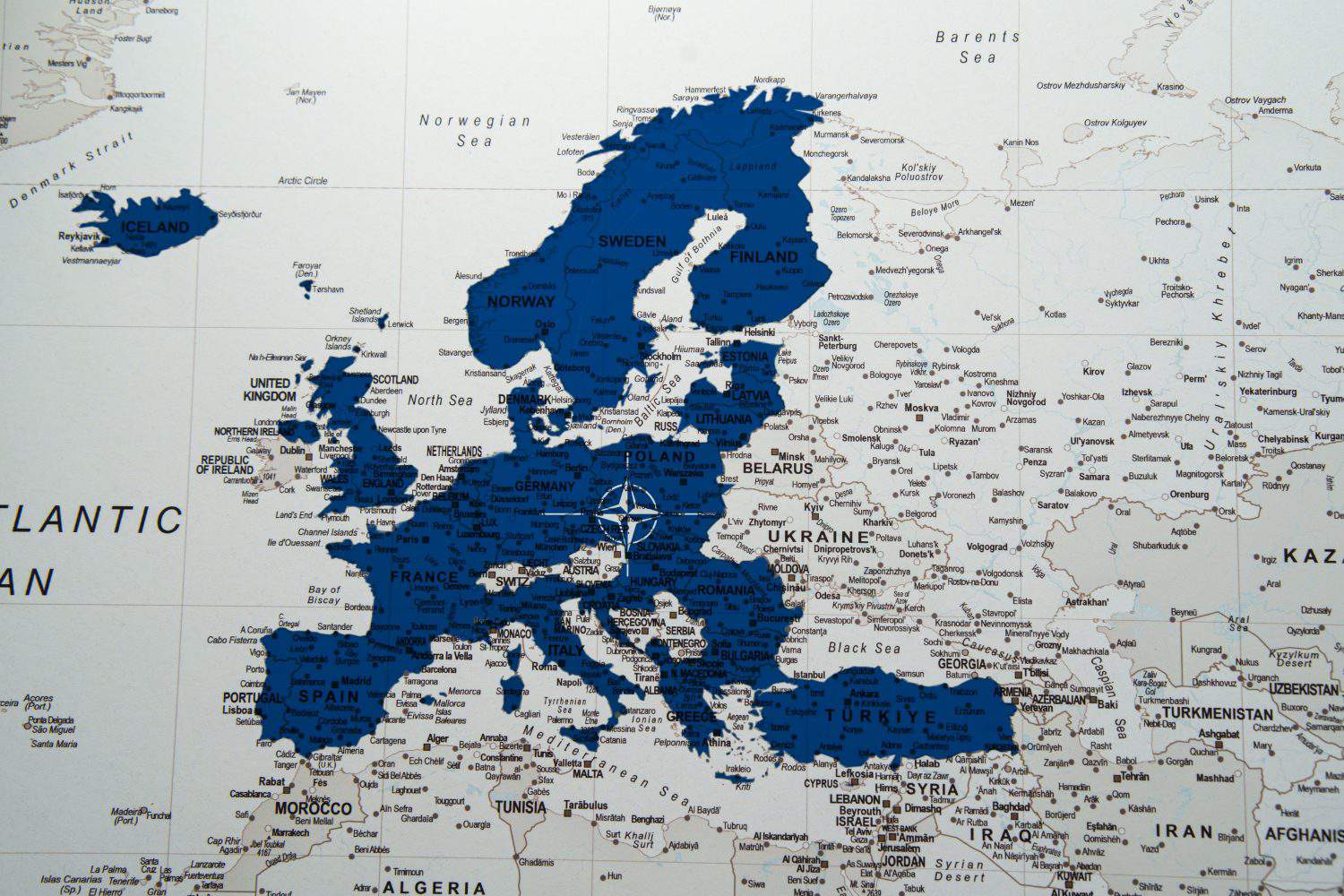
The North Atlantic Treaty Organization (NATO) has succeeded beyond all expectations, uniting former adversaries in Western Europe and North America to deter war with the Soviet Union/Russia for 75 years. Despite its success, in recent years the public and some political leaders have raised questions about the purpose of NATO and whether it really serves American interests to invest in it. What would the world have looked like if the alliance never existed? And what could it look like if it were disbanded today?
24/7 Wall St. Insights
- NATO brought lasting peace to Europe, deterred World War III, and helped bring about the collapse of communism.
- A world without NATO would be more chaotic, have more wars, and have many more nuclear powers.
- Also: 2 Dividend Legends To Hold Forever
What Is NATO?
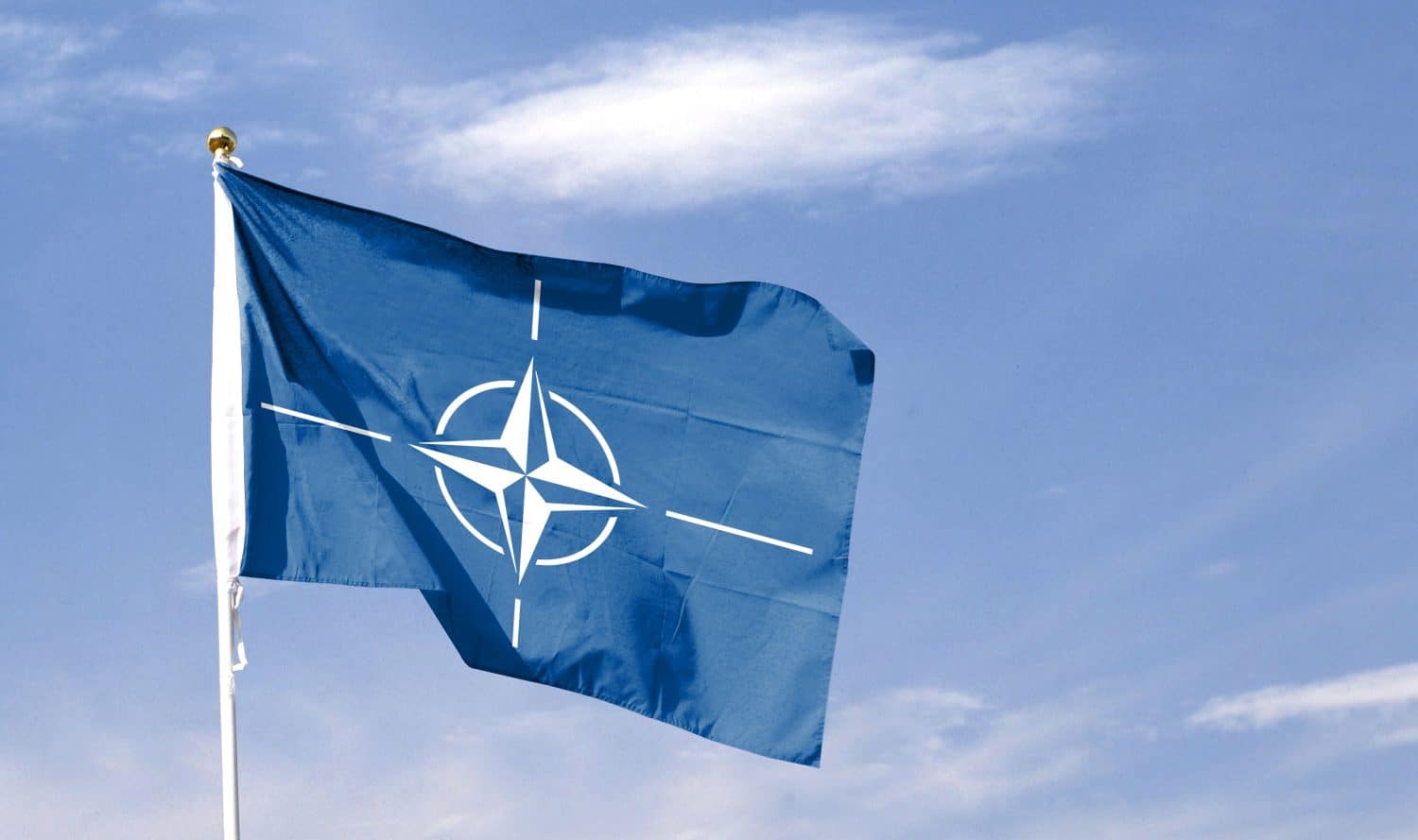
NATO is a collective security agreement founded in 1949 out of concern for defense against the threat of the Soviet Union, which refused to demobilize from Eastern Europe at the end of World War II. Under the terms of the agreement, an attack on one member is treated as an attack on all of them.
What Countries Are in NATO?
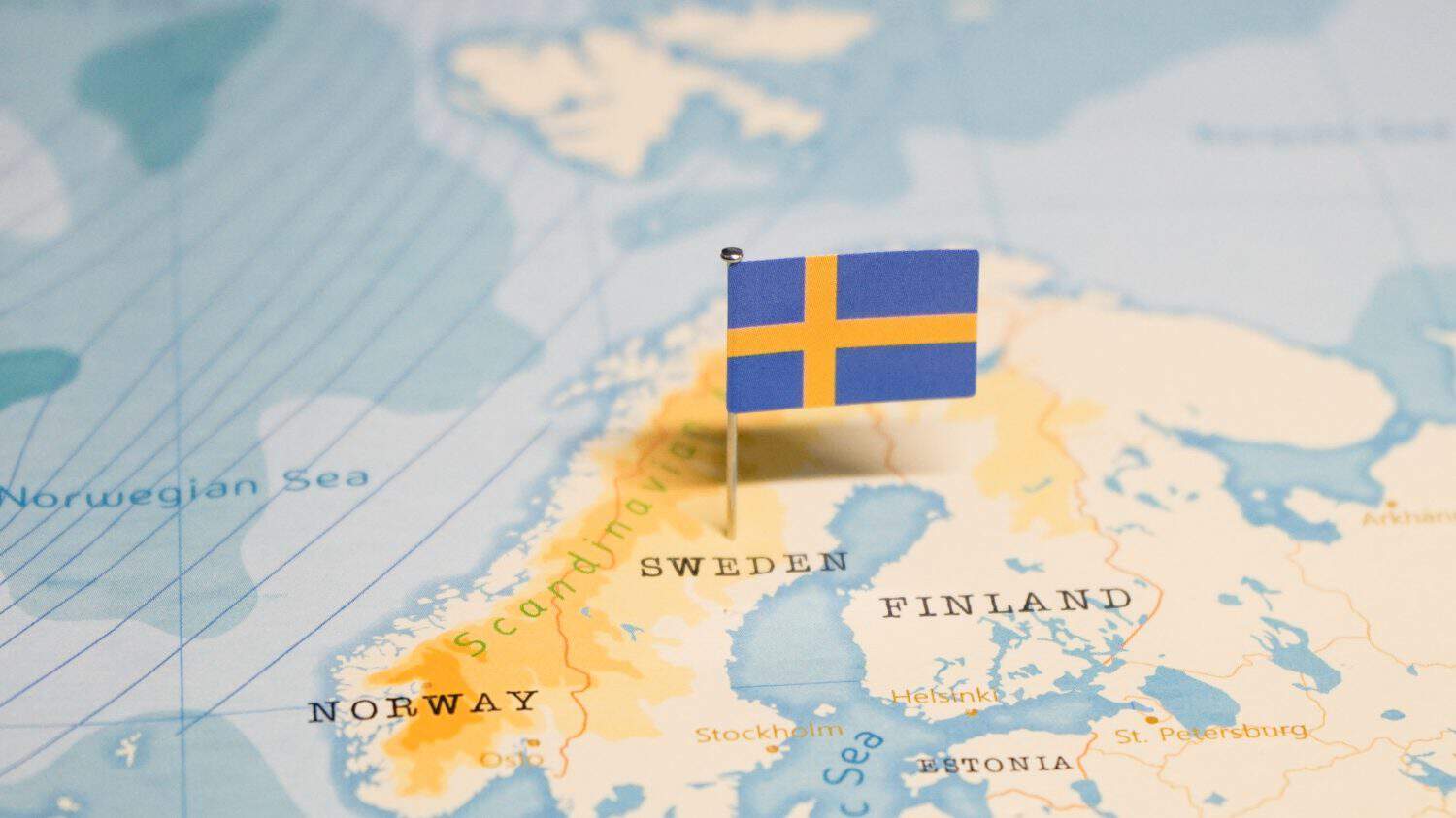
Today, 32 countries are members of NATO: 30 in Europe and 2 in North America.
- The 12 founding members of the alliance were Belgium, Canada, Denmark, France, Iceland, Italy, Luxembourg, the Netherlands, Norway, Portugal, the United Kingdom, and the United States.
- Four more countries joined during the Cold War: Greece, Turkey, West Germany, and Spain.
- After the dissolution of the Warsaw Pact and the Soviet Union, NATO added 14 East European countries: Albania, Bulgaria, Croatia, the Czech Republic, Estonia, Hungary, Latvia, Lithuania, Montenegro, North Macedonia, Poland, Romania, Slovakia, and Slovenia.
- Finally, in response to the Russian invasion of Ukraine, Finland and Sweden joined the alliance in 2023 and 2024.
What if NATO Never Existed?
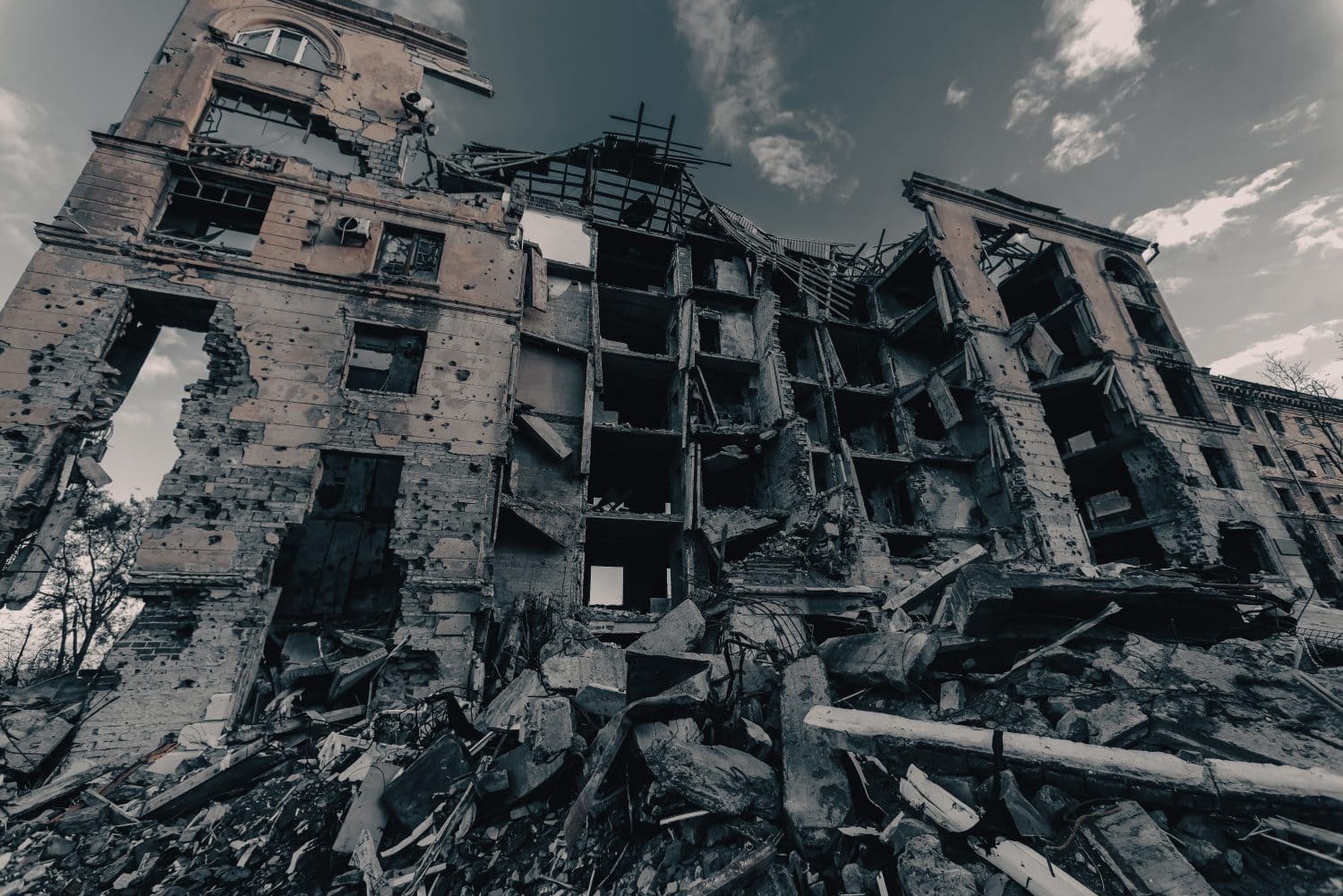
Based on what NATO has achieved, following are some ideas of how the world might have been different without it:
The United States 

- The United States may have returned to its traditional isolationism, as it did after World War I.
- This would mean either we did not get involved in foreign conflicts as much, or we would do so with fewer allies or completely alone.
- Depending on its policy choices, the U.S. may have spent less on defense, allowing the USSR to get the upper hand abroad, or may have spent more because the U.S. would have to defend its overseas interests without allies to share the burden.
- As in the first two world wars, lack of US engagement could have allowed foreign threats to become huge before we finally stood up to aggressors, perhaps even to the point of being involved in a nuclear World War III.
- Long before rising foreign challenges became a military threat to the homeland, they would create unreliable conditions for foreign trade and a lower standard of living in the U.S. and other countries.
Western Europe
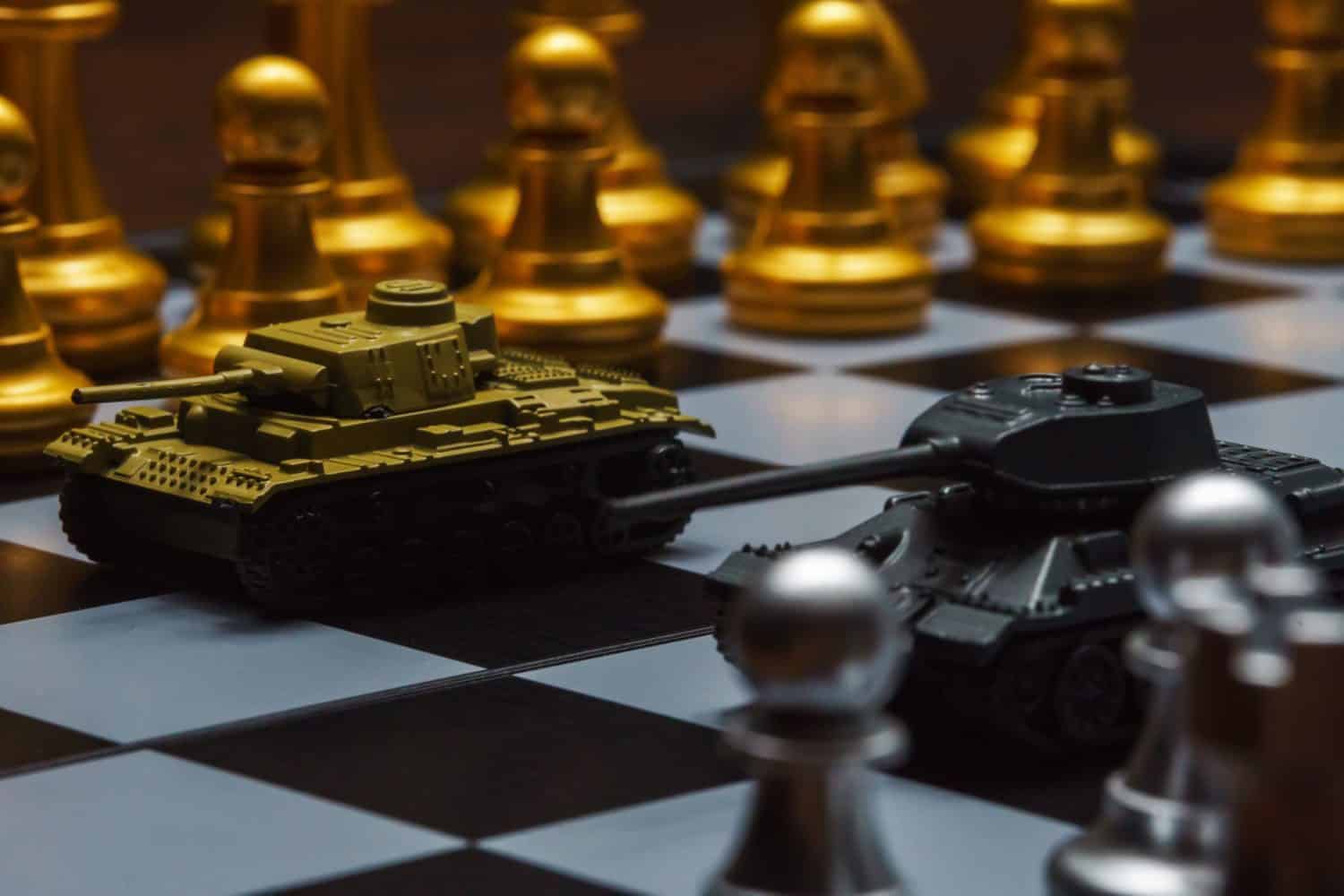
- European countries with longstanding rivalries, like Britain, France, and Germany, may not have been able to set their differences aside. Military conflicts between them would have been a possibility.
- European and North American military equipment would not have been standardized and interchangeable, and there would not be a unified military command structure and defense strategy. This would make cooperation between these countries in wartime less effective.
- Some countries would have been much more susceptible to bullying by the USSR, aligning their foreign policies with the Soviets and giving them favorable trade terms in a bid to protect themselves through appeasement.
The Soviet Union
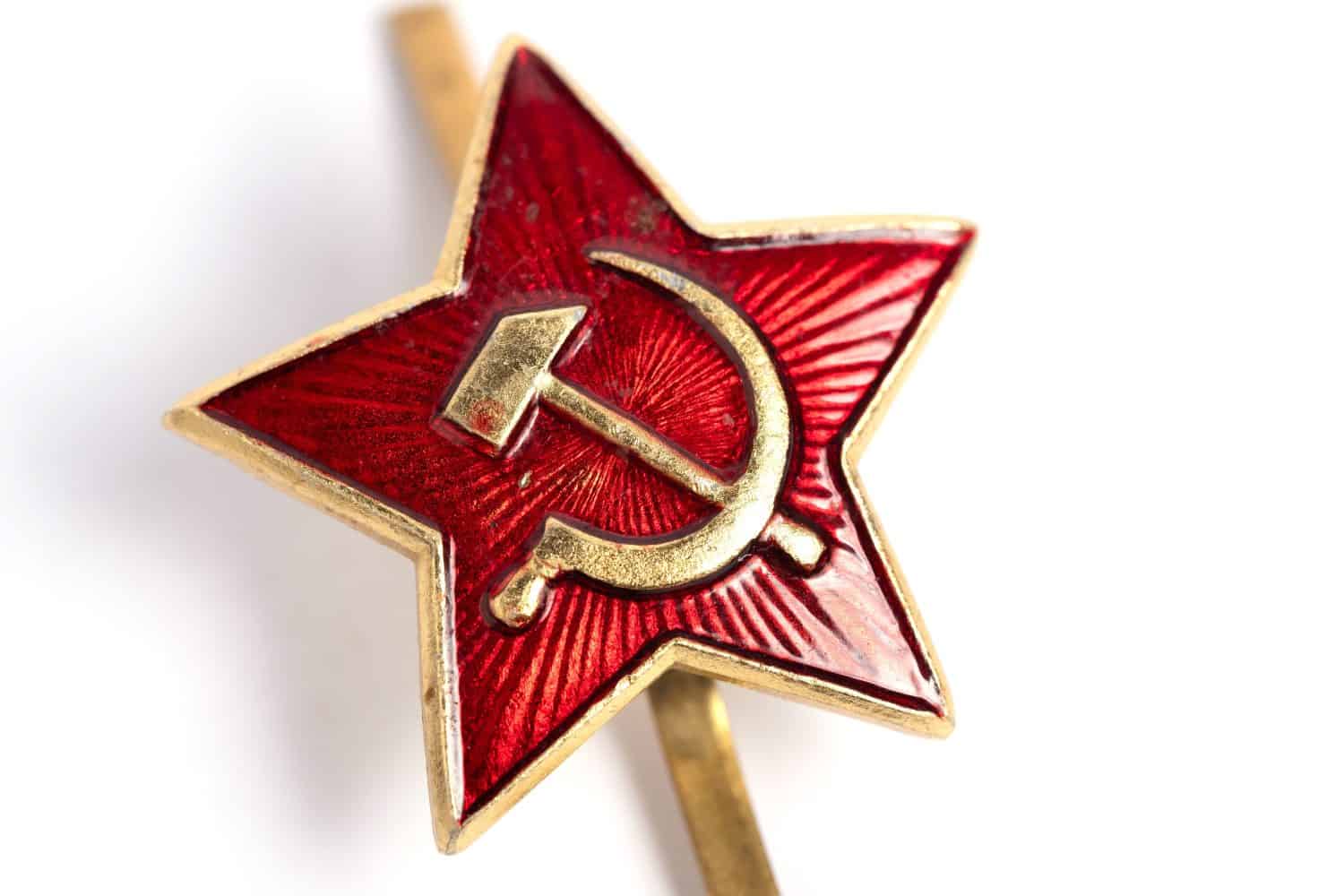
- The Soviet Union would likely have been more aggressive in exporting communist revolutions to the rest of Europe.
- Its blockade of Berlin would likely have been successful and the city would have been united under communist leadership.
- Non-nuclear countries bordering the USSR and its allies would have faced the real threat of invasion to add them to the communist bloc. Examples could include Greece, Turkey, Italy, and Germany.
- Bolstered by favorable trade terms from intimidated European countries, or industrialized countries added to their alliance, the Soviet Union may have been able to prop itself up longer rather than collapsing as it did.
What if NATO Were Disbanded Today?
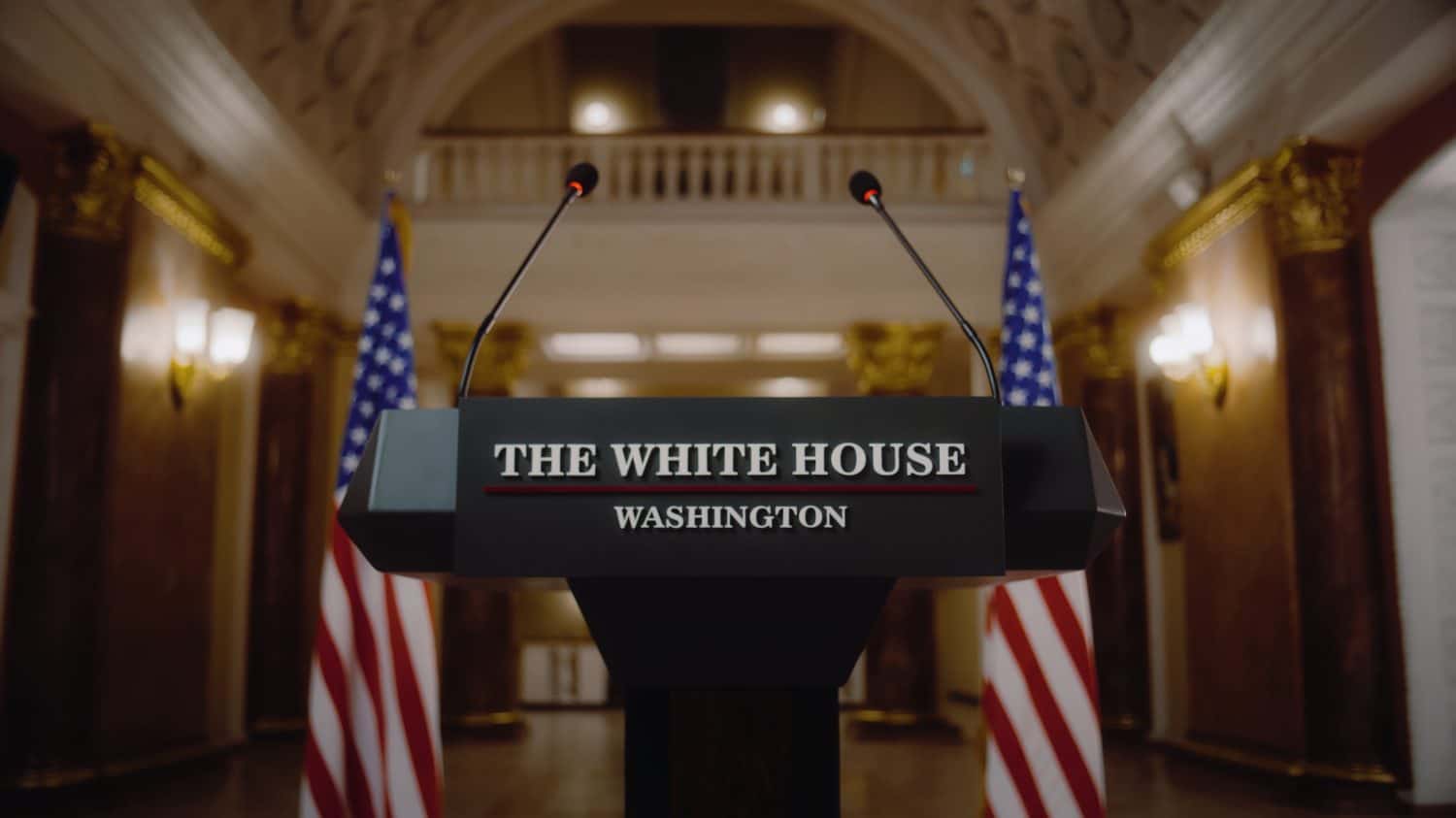
Imagine a future U.S. president declares the alliance has outlived its usefulness and succeeds in withdrawing the United States from it. Without U.S. involvement, the rest of the alliance would likely continue, hoping for the Americans to return under a future administration. But what if all countries rushed for the door and the whole alliance dissolved? Here are some possible repercussions:
Ukraine
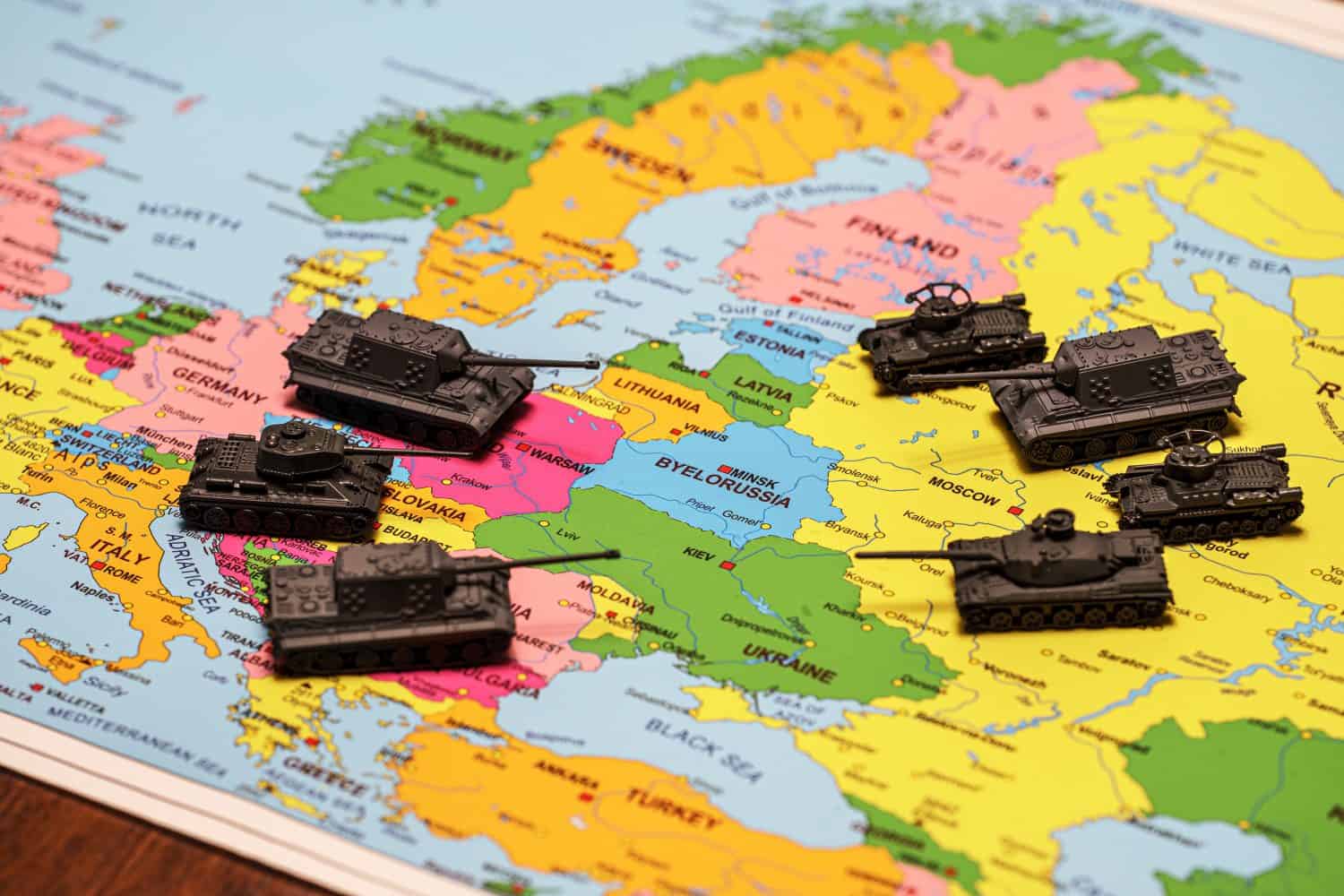
One of the first things we might notice would be a withdrawal of Western support from Ukraine. Without U.S. involvement, European NATO countries would be more fearful of retaliation by Russia for supplying arms to Ukraine. With fewer restraints, Russia might escalate the war to the point of using tactical nuclear weapons to force Ukrainian capitulation. Russia would probably pursue maximal goals of annexing the whole country rather than just parts of it.
Eastern Europe
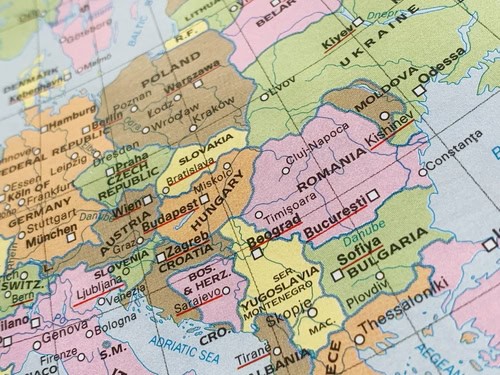
- It is highly likely that Russia would go on from Ukraine to reassert control militarily over Moldova and the Baltic States, Georgia, Armenia, and gradually the rest of the former Soviet Union: Azerbaijan and the Central Asian countries.
- Finland and Poland are more heavily armed and trained than most countries on Russia’s borders, so they would be better capable of defending themselves. Nevertheless, both of them, along with other East European countries, would want to avoid war and would begin pursuing more Russia-friendly policies.
- Serbia, a longstanding Russian protégé, would probably take the opportunity to try to reclaim some of its own lost territory, especially Kosovo and the Serbian parts of Bosnia.
- There is also a possibility of other territorial disputes, such as between Hungary and Romania, could lead to local arms races or military conflict.
Western Europe
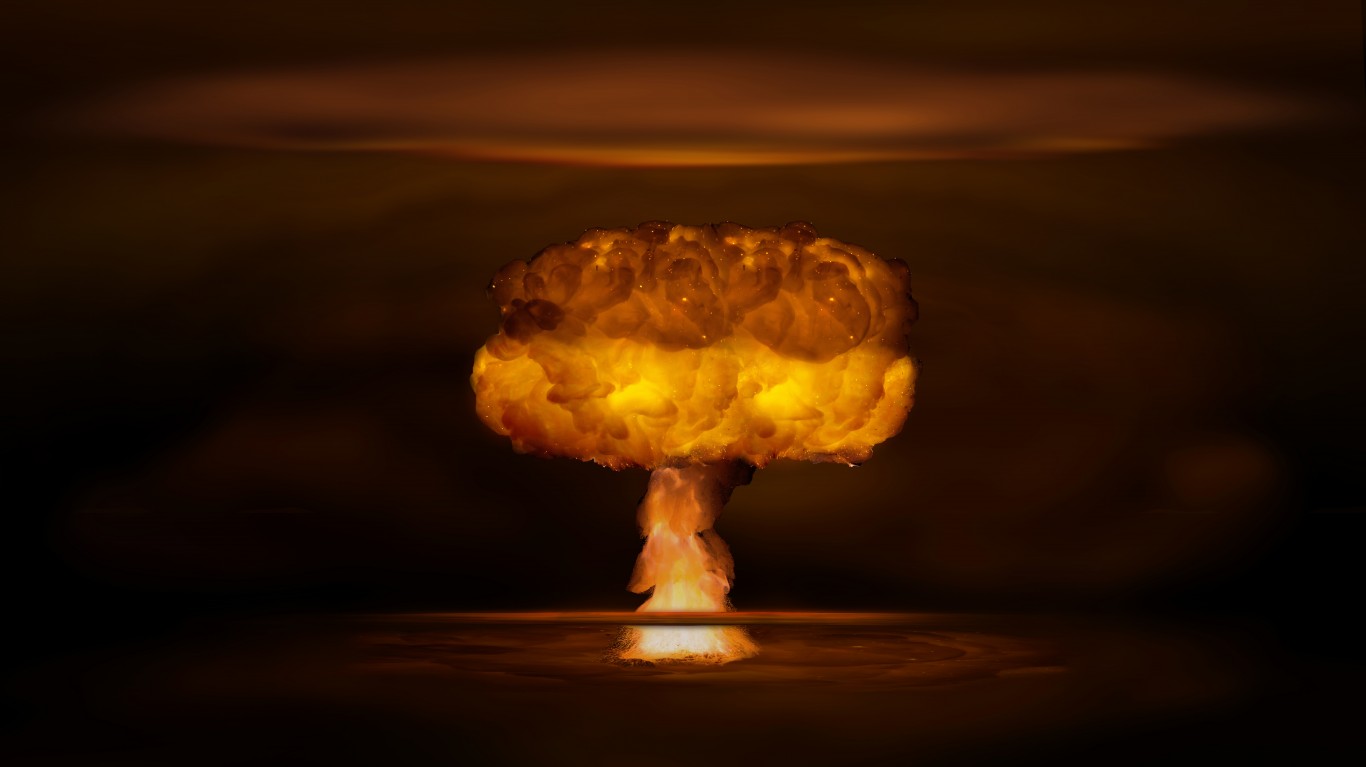
With nuclear arsenals and powerful conventional military forces, the United Kingdom and France would be in the best position to assert themselves against any Russian expansionism in Europe. However, they would be unlikely to do so individually if they thought it substantially raised the risk to their own countries. And without alliances to protect them, industrialized countries of Western Europe would quickly develop nuclear weapons of their own. Germany, Italy, Sweden, and the Netherlands are all examples of wealthy countries with the technical and industrial base to go nuclear in a short period of time if they made the decision to do so.
Greece and Turkey
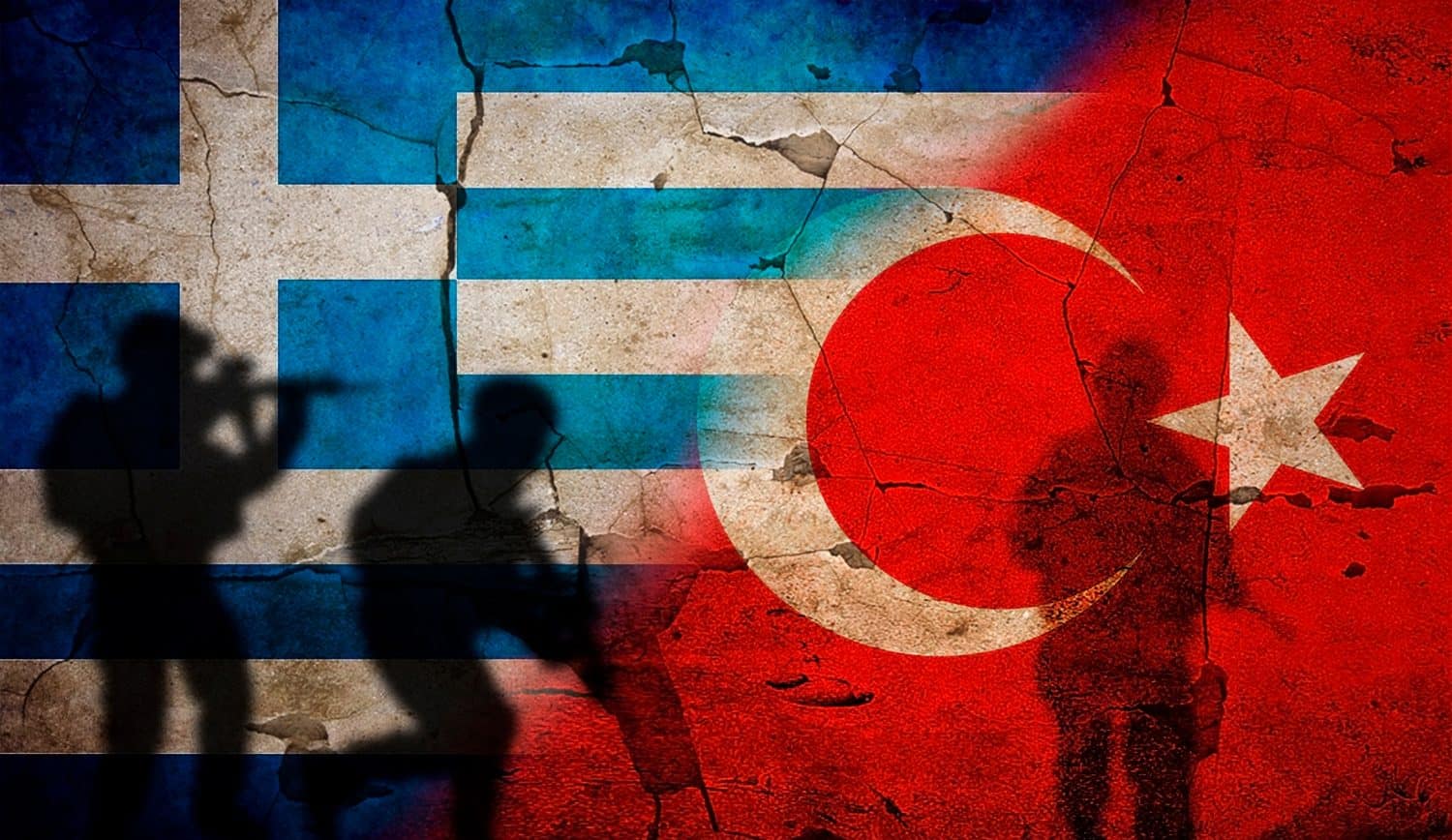
War between Greece and Turkey would be a likely outcome if both were independent of the NATO alliance. Ancient rivals, they have nearly come to blows multiple times even as alliance members. Cyprus is a particularly touchy flashpoint. It is currently divided between Greek and Turkish sides with UN peacekeepers in a buffer zone. This frozen conflict might heat up quickly without NATO pressure to keep a lid on it.
New Alliances

With all this chaos in Europe, new alliances on a less-grand scale than NATO would probably develop. These would be a possibility among various combinations of the UK, France, and Germany along with other West European and Scandinavian countries. The Baltic States, Poland, and the Balkans might find it much more difficult to get alliance partners, as they are more directly threatened by Russia and have a higher danger of drawing allies into war with Russia. East Europeans, left out in the cold, could find itself in a chaotic power vacuum, vulnerable to military conflict among themselves and with Russia.
The Rest of the World
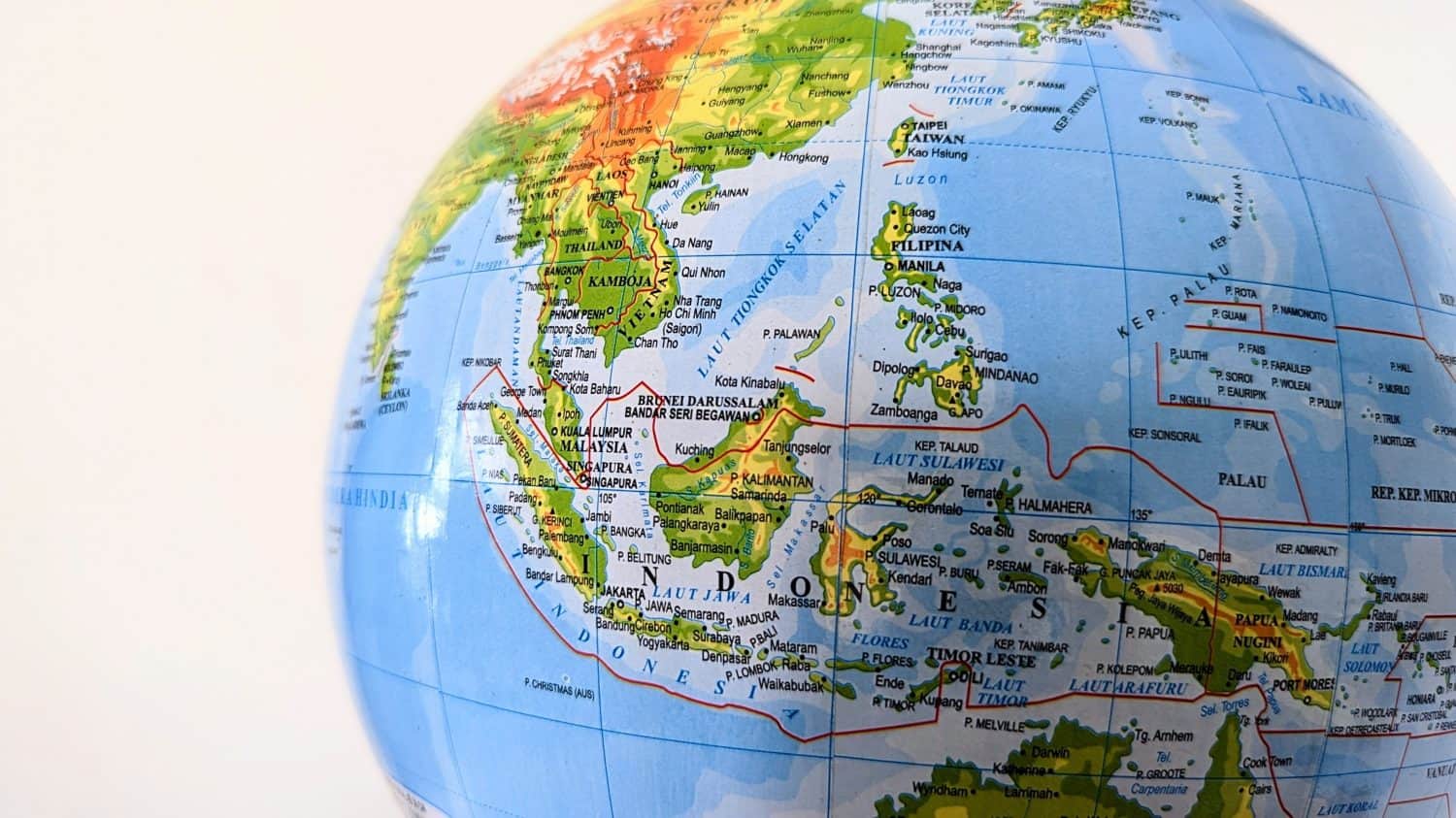
If the United States demonstrated that it would withdraw from defending our most important national interests, this would greatly diminish every country’s trust in America as a reliable security partner and embolden American adversaries.
- Fewer countries would buy U.S.-manufactured arms, uncertain of the reliability of the future supply.
- U.S. allies like Japan, South Korea, Australia, and Saudi Arabia might quickly develop their own nuclear weapons capabilities, knowing they would have to rely only on themselves for defense.
- China would quite likely invade Taiwan, and clash militarily with the Philippines, Vietnam, and Malaysia to assert dominance over the disputed South China Sea.
- North Korea could be expected to invade and annex South Korea if the South had no U.S. troops or alliance commitment to deter such an attack.
- In the Middle East, a series of wars between shifting coalitions of the Israelis, Arabs, and Iranians could be expected.
- Unfettered but also unprotected by alliance partners, Israel might take radical steps to improve its security, including attacking Iran with conventional or nuclear weapons to prevent it from getting The Bomb, annexing the occupied territories, and even expelling the Palestinian population en masse into neighboring Arab countries.
Let’s Not Find Out

A world without NATO would be more chaotic and warlike, not only in Europe, but globally. The United States would have to navigate complex and shifting international crises, disruptions to trade, more frequent wars and the ensuing refugee and humanitarian crises. As in both World Wars, the US might very well find itself one day drawn into another global conflict, this time with dozens of nuclear-armed countries participating. The chance of miscalculation and escalation in such an out-of-control world would make a truly apocalyptic World War III more likely than ever. All in all, we have a pretty good thing going. Let’s not find out what the alternative would be.
Get Ready To Retire (Sponsored)
Start by taking a quick retirement quiz from SmartAsset that will match you with up to 3 financial advisors that serve your area and beyond in 5 minutes, or less.
Each advisor has been vetted by SmartAsset and is held to a fiduciary standard to act in your best interests.
Here’s how it works:
1. Answer SmartAsset advisor match quiz
2. Review your pre-screened matches at your leisure. Check out the advisors’ profiles.
3. Speak with advisors at no cost to you. Have an introductory call on the phone or introduction in person and choose whom to work with in the future
Thank you for reading! Have some feedback for us?
Contact the 24/7 Wall St. editorial team.




